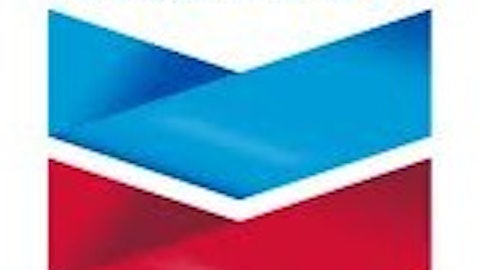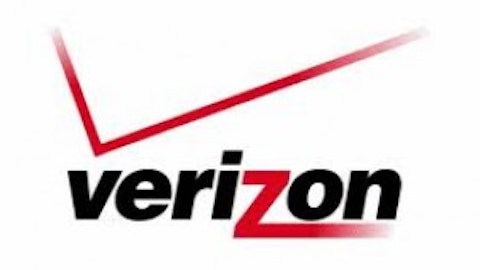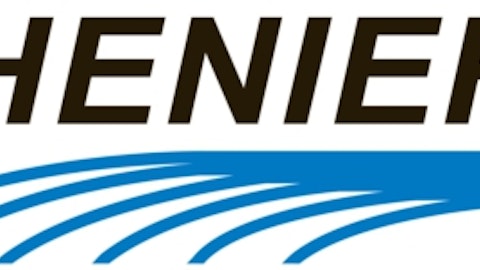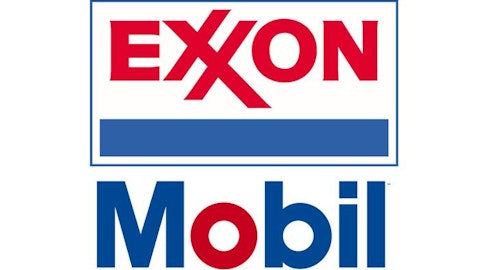For the U.S. it would help create thousands of jobs and an expanded revenue stream for the federal government. For India, it would provide a steady, reliable supply of clean energy that will help reduce our crude oil imports from the Middle East and provide reliable energy to a greater share of our population. For both countries, which are committed to environmental sustainability, increasing the use and transport of LNG globally will help put into greater use one of the cleanest energy sources in the world.”
The U.S. Is Not the Leader in LNG Production
The third important detail is that the United States does not have a corner on the LNG export market. With the U.S. slow to embrace LNG exports, Chevron Corporation (NYSE:CVX) has turned its LNG sights on Australia, with two projects prepared for export expansion.
The Gorgon LNG development, located off the northwest coast, is nearing 60 percent completion, and is on schedule to begin LNG exports by early 2015 – more than a year before the Sabine Pass terminal will begin exports.
If it expands, which is probable, another 5.2 million tons of capacity would be added every year, producing a grand total of 20.8 million tons of Australian LNG (or 1012.96bcf/day LNG). In comparison, the Freeport terminal will export 1.8 bcf/day of LNG, and Sabine Pass will export 500 million cubic feet of LNG per day, or 16 million tons LNG per year).
The second project, known as the Wheatstone LNG plant, is only about 10% complete, and will begin exports in 2016. Currently, the plant will have a capacity of 8.9 million tons once the $29 billion project is complete, but the company is looking to expand and secure a third-party partnership to become a 25 million-ton maximum capacity plant.
However, in spite of these massive LNG export possibilities, all is not without some concern for Chevron Corporation (NYSE:CVX). Chevron Corporation (NYSE:CVX) had been headed into a partnership with Korea Gas (or KOGAS) for $30 billion of the Gorgon gas (1.5 million tons/yr). KOGAS is the world’s biggest LNG buyer.
Industry sources believe KOGAS ended the talks with Chevron over the potential of more competitive prices of LNG when the U.S. begins to export.
Don’t Be a fool
LNG exports have tremendous potential to change both the U.S. economy and your investing portfolio. But there is much more to know about LNG than what first meets the eye. Read beyond the headlines and look at the underlying conditions before jumping too quickly into any “get rich quick” possibility with LNG. Domestic political and global market conditions have significant impact on which companies will profit first, and which can do so in the long run. Take a deeper look at which companies (like Chevron) are expanding abroad in the LNG market, and don’t limit yourself to just the companies winning approval in the U.S. (like ConocoPhillips (NYSE:COP)). And don’t forget to consider output and production levels. Early approval is not an indicator of long-term production or success.
Erin McBride has no position in any stocks mentioned. The Motley Fool recommends Chevron and Dominion Resources. Erin is a member of The Motley Fool Blog Network — entries represent the personal opinion of the blogger and are not formally edited.
The article 3 Things to Know About LNG Exports originally appeared on Fool.com is written by Erin McBride.
Copyright © 1995 – 2013 The Motley Fool, LLC. All rights reserved. The Motley Fool has a disclosure policy.



